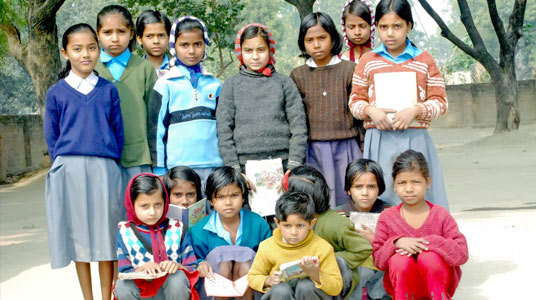Preventing disease and injury and promoting children's well-being through healthier environments is fundamental to efforts undertaken by the Network of WHO Collaborating Centres for Children's Environmental Health.
Children have a special vulnerability to physical, chemical, and biological environmental threats. According to the World Health Organization (WHO), environmental factors account for one-third of the global disease burden in children. Furthermore, in low- and middle-income countries, children disproportionately have the highest environment-related death rates. In fact, the infant death rate from environmental causes is 12 times higher in low-income countries than in high-income countries. These statistics highlight the need to strengthen global capacity for children's environmental health research and training to protect children's health around the world.
To this end, a network of designated WHO Collaborating Centres (WHO CC) is working to address children's environmental health issues at the local, regional, national, and international levels. The Network of WHO Collaborating Centres for Children's Environmental Health (Network) is comprised of more than 10 research institutes around the world. Each acts as a hub to strengthen national or regional capacity to advance children's environmental health. At the same time, collaboration and the sharing of services and expertise among Centres in the Network builds global children's environmental health capacity. The Network's overall goal is to improve children's health by preventing or reducing environmental threats through:
- Building evidence and research capacities in global children's environmental health.
- Coordinating and conducting collaborative children's environmental health research.
- Raising awareness of global children's environmental health issues through improved education and communication strategies.
- Developing interventions aimed at capacity building, reducing exposure, and preventing or decreasing the burden of disease for children.

Centres in the Network
View a list of Centres in the Network and follow links for more information about each Centre, including exposures, health effects, and populations studied.

Children's Cohort Studies
Find information on cohort studies being conducted by researchers in the Network

Publications
Check out recent articles, publications and documents authored by participating network Centers.



